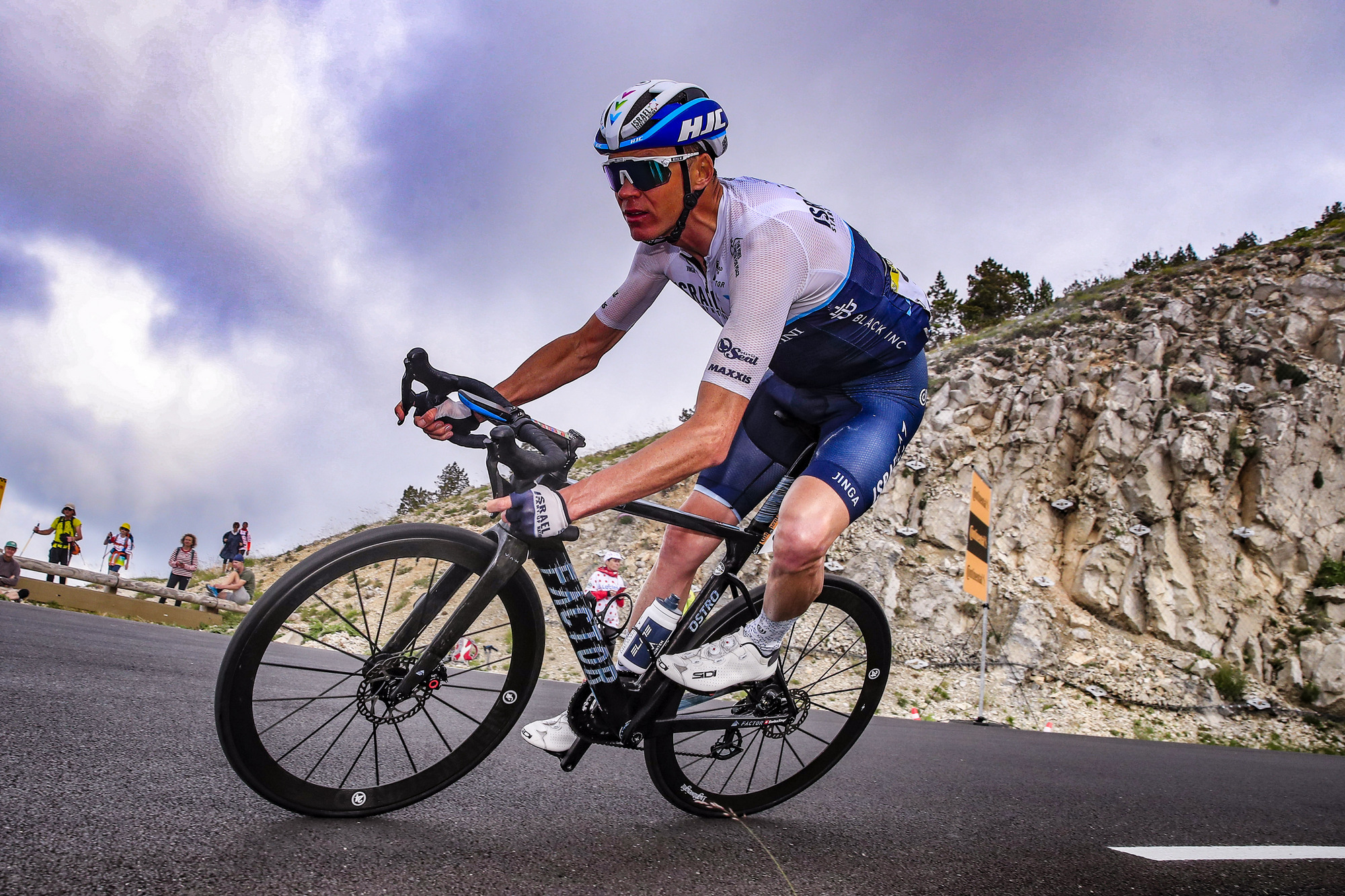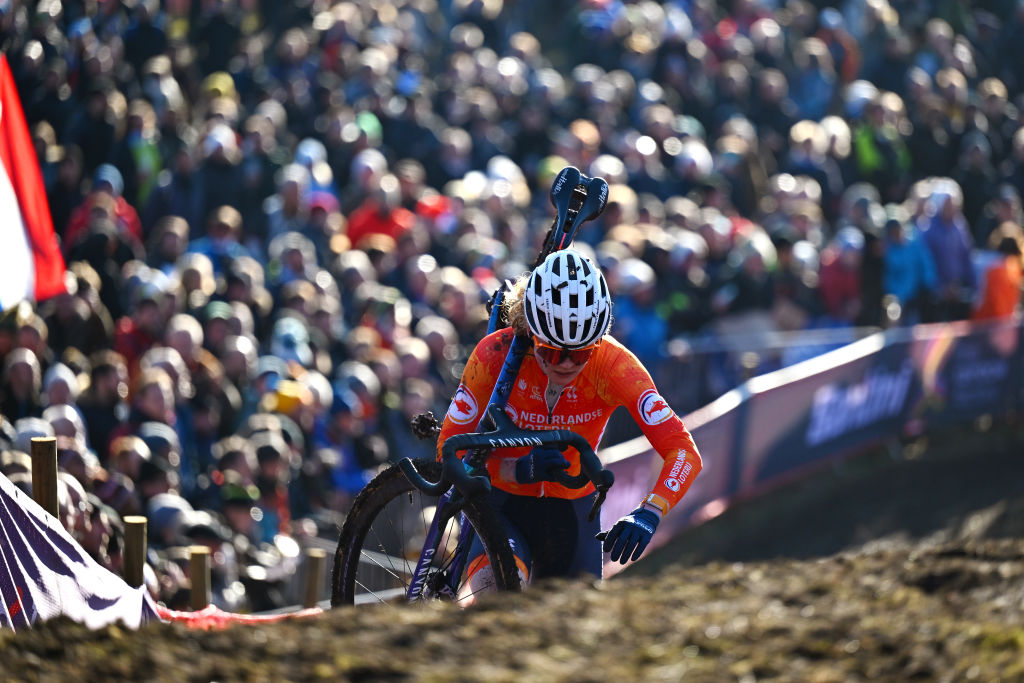Chris Froome won over by disc brakes after tweaking his set-up
'It’s a technology that will only get better and only make the sport safer' says former Tour de France winner

After showing his personal disdain for disc brakes and sparking debate about their use in the professional peloton at the start of 2021, Chris Froome has revealed he has used the braking technology frequently during his first season with Israel Start-Up Nation, and is working with bike sponsor Factor to make further improvements.
Froome rode on rim-brake-equipped Pinarello bikes for a decade at Team Sky and Ineos Grenadiers but switched to a Shimano-equipped Factor bike following his move to Israel Start-Up Nation. He had since joined a consortium that has invested capital into the company and its parts and accessories subsidiary Black Inc.
In a video released in February, the four-time Tour de France winner enthusiastically presented the features of his new main race bike, the Factor Ostro VAM, but struggled to hide his distaste for disc brake technology.
"Personally, I don't think the technology is quite where it needs to be yet for road cycling," Froome said.
“You always stop when you need to stop. In the dry, in the wet, they do the job. They do what they're meant to do. The downside to disc brakes: the constant rubbing, the potential for mechanicals, the overheating, the discs becoming a bit warped when on descents longer than five or 10 minutes of constant braking.”
After racing for 70 days in 2021 and spending hundreds of other days and hours training on his Factor and using disc brakes, Froome’s thoughts on the technology have evolved.
“I’ve been on them most of the season, I’ve only raced on rim brakes once or twice,” he insisted, guiltily laughing out loud when the subject of disc brakes was mentioned during an exclusive interview with Cyclingnews, knowing his original comments caused a stir but also touched a vein of truth.
“I think it’s still a technology that is a work in progress for road bikes and there are still some issues for pro races. But it’s a technology that is evolving and I’ve been working with the guys from Factor. I’m one of the owners too, so development and feedback comes with my role there.”
The latest race content, interviews, features, reviews and expert buying guides, direct to your inbox!
“We’ve actually ironed out most of the issues we were having earlier this year with disc brakes,” Froome added, with the Cyclingnews photo archive confirming Froome’s use of disc brakes in most races, including the Veulta a Catalunya, the Tour de France and the end of season Classics in Italy. He also used a disc-brake version of Factor’s new Hanzo time trial bike.
Froome demands the best from his bikes and is clearly a bit of a tech aficionado. The limitations of disc brakes appear clear to him though he now appears confident the technology will improve.
“The distance between the rotors and the brake caliper is so little, just one to two millimeters each side, so there’s the potential for overheating and for warping, which can mean the discs touch the calipers,” he said, knowing the problems anyone using disc brakes can face.
“I’ve seen that the industry is making changes and improvements and so hopefully it’s a technology that will only get better and so only make the sport safer.”

Stephen is one of the most experienced members of the Cyclingnews team, having reported on professional cycling since 1994. Before becoming Editor-at-large, he was Head of News at Cyclingnews. He has previously worked for Shift Active Media, Reuters and Cycling Weekly. He is a member of the Board of the Association Internationale des Journalistes du Cyclisme (AIJC).
